The building is called The Shed, though there is not much about the 200,000-square-foot, eight-level arts space that recalls a rickety garden shack. The US$500 million building, currently under construction where the High Line meets Hudson Yards, is set to redefine what an event space looks like in the 21st century: walls slide open, two theaters merge into one, blackout drapes can turn a sun-lit gallery into a black box, and most remarkably, the structure features a telescoping outer shell that can be pulled back on a double-wheel track.
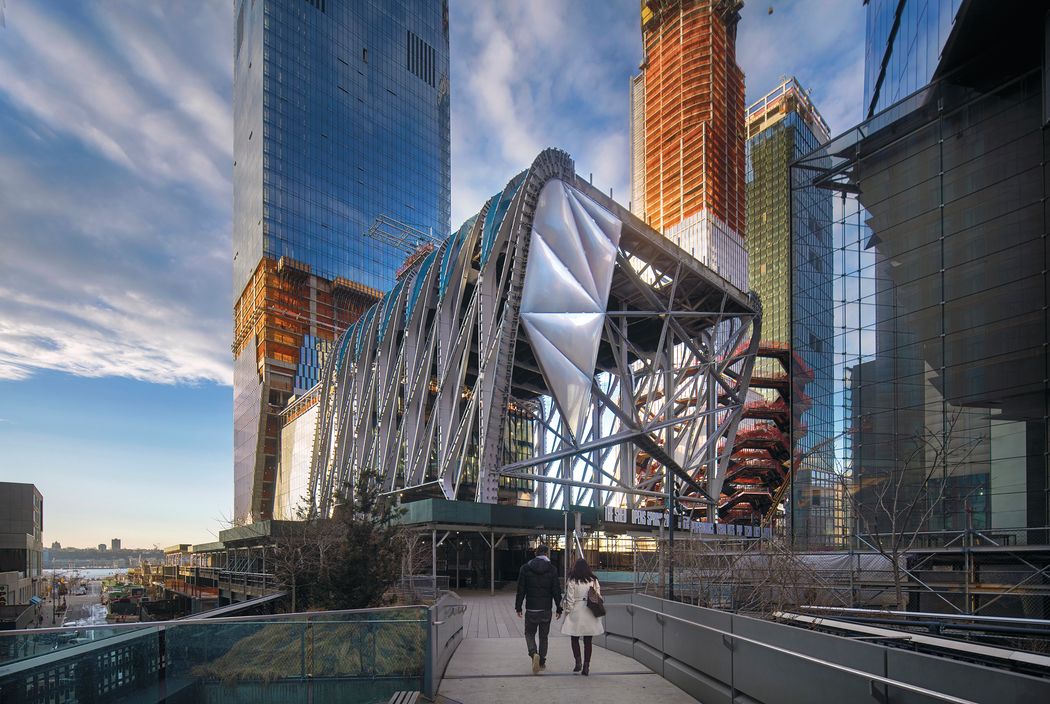
“The opportunity to design a ground-up building for the arts forced the question, ‘What will art look like in the next 10 years, 20 years and beyond?’,” says Ms. Elizabeth Diller, architect at Diller Scofidio + Renfro, who designed The Shed in collaboration with Rockwell Group. “The answer was that we simply could not know.”
All the firm could be certain of was that there would be a need for conditioned space of different heights and sizes, a need for structural loading capacity and a need for electrical power. Ms. Diller describes the solution as “an architecture of infrastructure”.
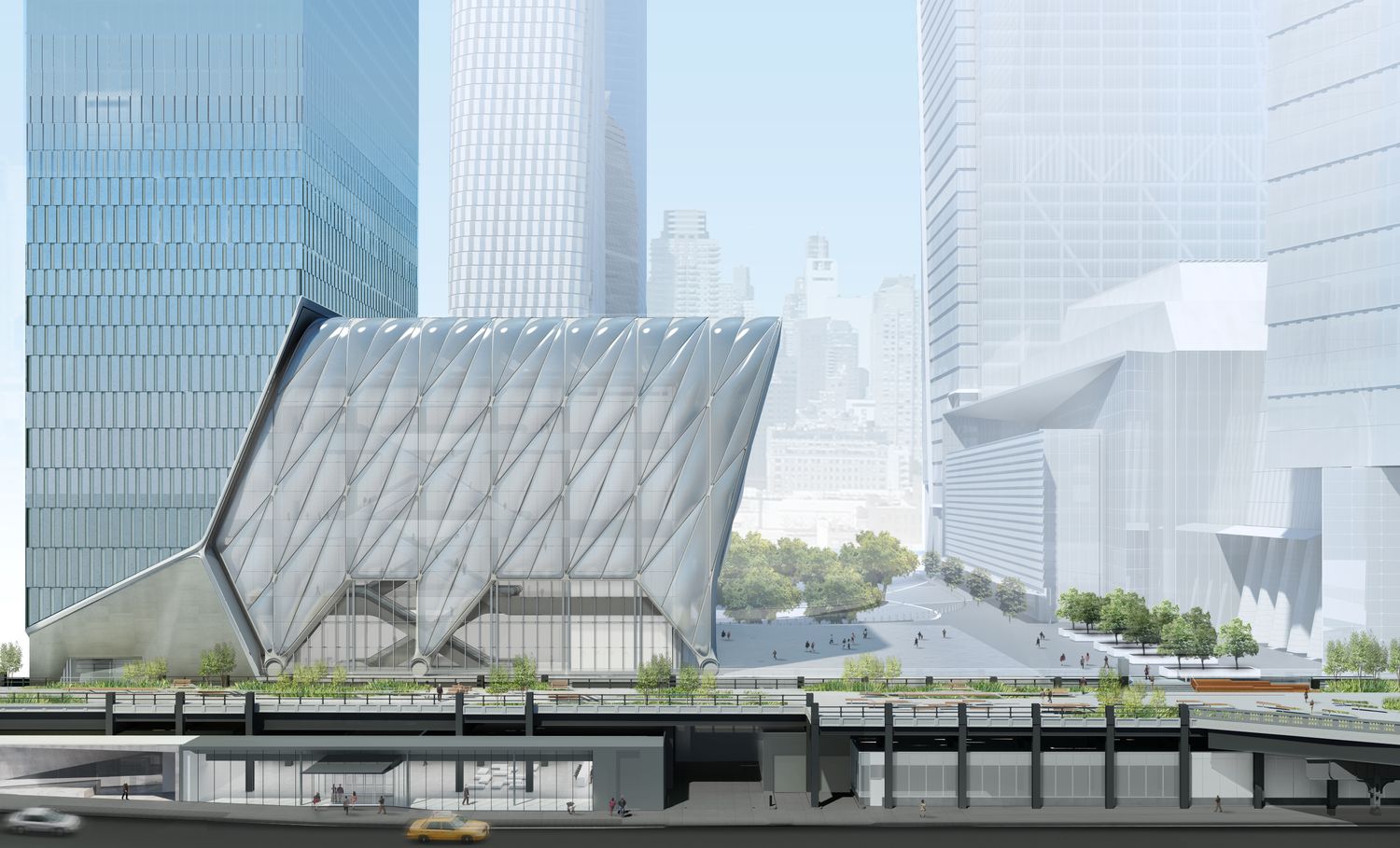
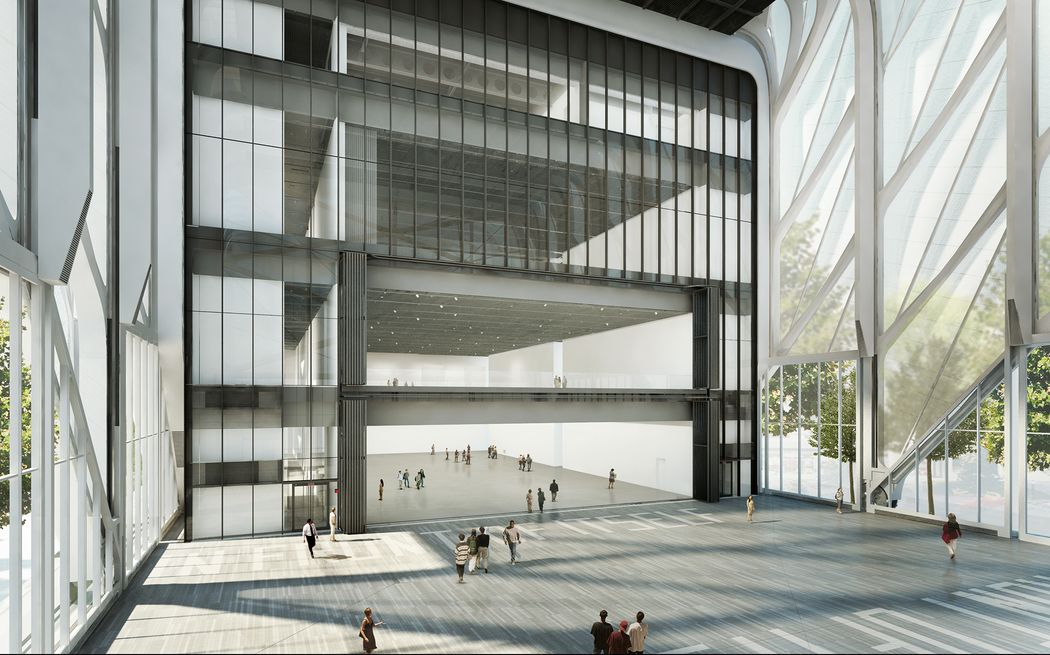
When fully deployed, the building shell creates a 17,000-square-foot hall that is light-, sound- and temperature-controlled. This flexible space can respond to variable needs in scale, media and technology and can serve as a theater that seats 1,250 people or a standing audience of 2,700. The hall ceiling acts as a theatrical deck and fly loft where rigging can be set up across the entire volume of space above the audience.
“And all of this can be changed in the matter of a day,” explains The Shed’s CEO and artistic director, Mr. Alex Poots. Things have become more fluid, he says, and there is a desire for synthesis and for work that fits between art forms.
The proposal for The Shed dates back to 2005 when the City of New York launched plans to redevelop the far West Side of Manhattan, and then mayor Michael Bloomberg designated the 21,000-square-foot lot adjacent to the High Line at West 30th street as the future home for a to-be-determined nonprofit cultural institution. The land was allotted, but the concept for the new arts space – the first of its scale to be built in Manhattan in over 50 years – remained vague.
Then in 2015 Alex Poots was brought on as artistic director. Formerly, Mr. Poots was the founding Director of the Manchester Arts Festival and Artistic Director at New York’s Park Armory, and produced cross-genre works including Steve McQueen’s Queen and Country; group show Il Tempo del Postino featuring works by Carsten Höller, Tacita Dean, and Matthew Barney; Zaha Hadid’s temporary concert hall with Piotr Anderszewski and Alina Ibragimova, and the world première of Paul McCarthy’s White Snow.
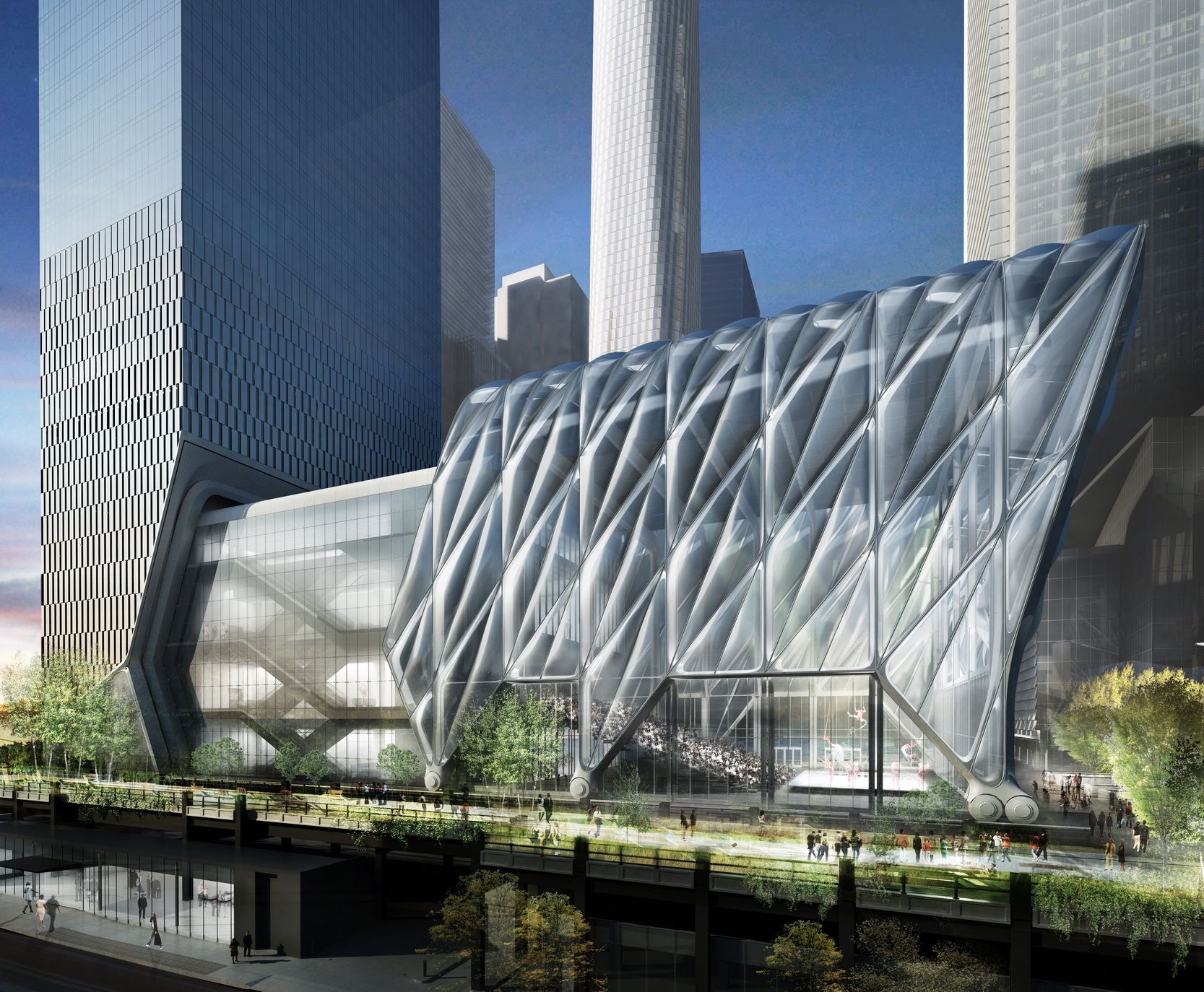
In The Shed, Mr. Poots found flexibility imbedded into the building infrastructure. “I’ve never found one building that could do everything,” he says. “With the (Manchester Arts) Festival we had a whole city to play with. Here the building plans I was looking at would accommodate performing arts, visual arts and pop culture.”
The Shed is scheduled to open in the spring 2019 with a lineup of genre-bending performances. “I am very interested in working with artists who have an idea that moves them into a new art form, or who have to work with other artists to realize their vision,” says Mr. Poots.
New works will include Dragon Spring Phoenix Rise, a futuristic Kung Fu musical in which director Mr. Chen Shi-Zheng enlisted Mr. Akram Khan to create aerial choreography. The piece features original songs by SIA and a set designed Mr. Tim Yip – his initial sketches changed after he toured The Shed and realized the hall’s capacity for creating an alternate universe around the story.
Other commissioned projects include a collaboration matching the painter Mr. Gerhard Richter with the musicians Mr. Steve Reich and Mr. Arvo Pärt and a performance conceived in part by the poet Ms. Anne Carson on the subject of Marilyn Monroe and Helen of Troy.
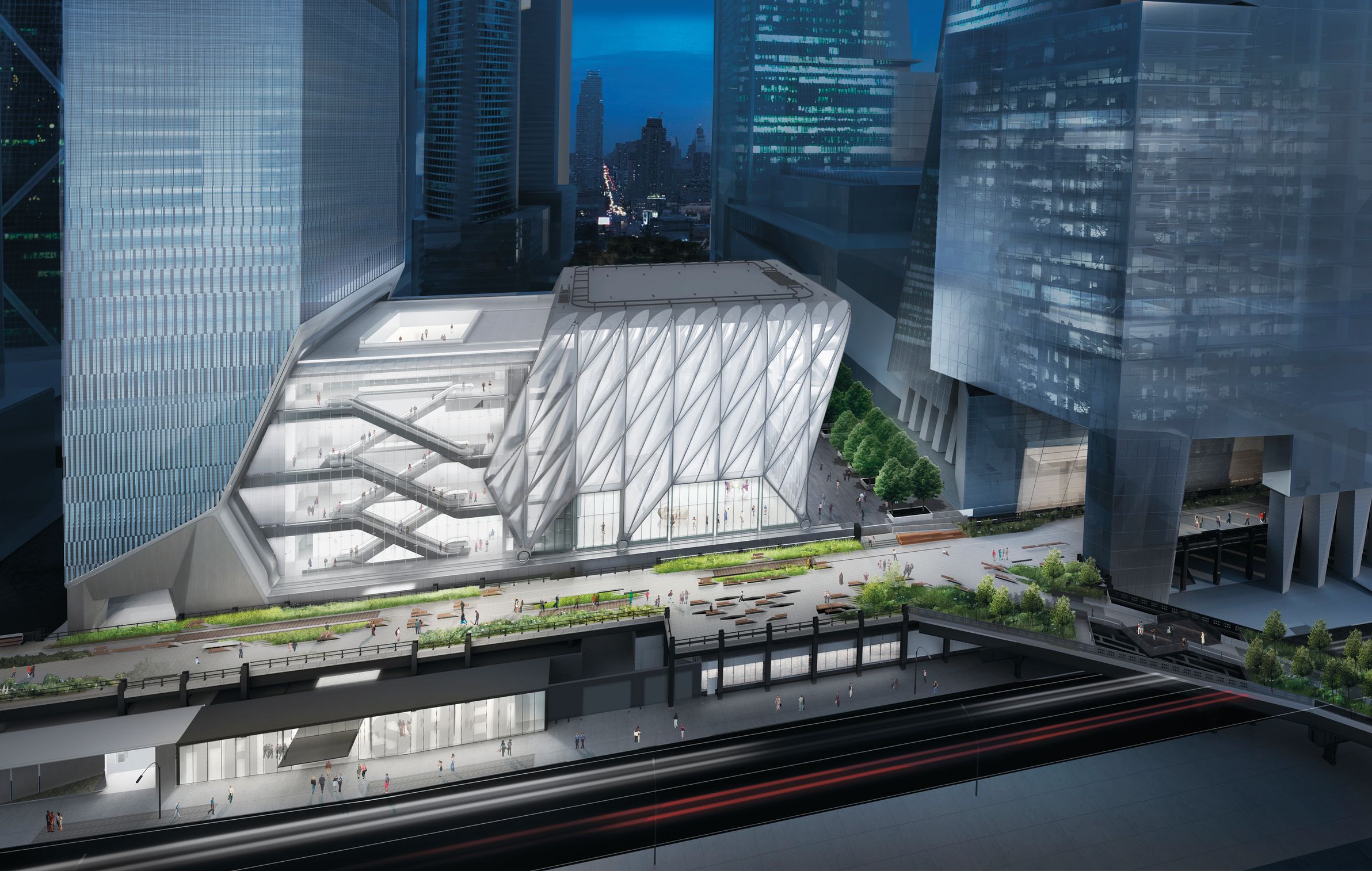
The first commission will be Soundtrack of America, a work meant to address the history of African-American music from 1680 to the present as conceived by the filmmaker Mr. Steve McQueen (12 Years a Slave, Shame) record producer Mr. Quincy Jones, New York University professor Maureen Mahon, and Mr. Dion “No I.D.” Wilson, whose credits as a hip-hop producer include work with Jay-Z and Kanye West.
Cross-genre collaborations efforts often yield powerful results, and arts venues like The Shed are literally bending to accommodate the unexpected. But this wasn’t always the case.
Early in his career Mr. Poots recalls working with Steve McQueen at London’s Chanel 4. “I remember saying to my friends, ‘hey there’s this visual artist I know who has some great ideas for films’, and my colleagues said ‘visual artists can’t make films’,” Poots laughs. “Well in the end they met him and the rest is history.”
Artists shouldn’t be siloed as a principle, Poots says, but he is also careful not to champion a cross-genre approach over others. “It can be very singular, or it can be very interdisciplinary. I wouldn’t want to give the impression we are choosing one over the other, but not many places can accommodate both.”
For more of the venue and its programs, click here












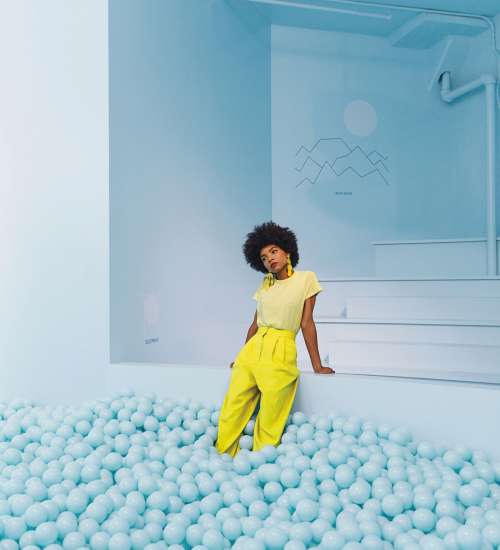

 Back
Back
